Wunderkammer 1
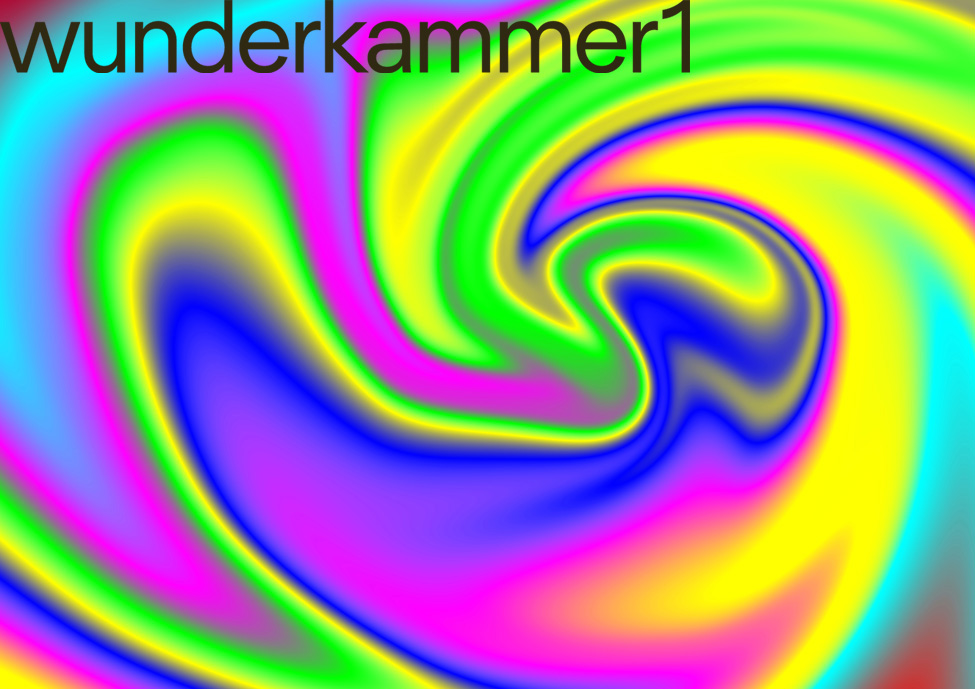
2.5.–23.6.24 wunderkammer set #1
The first edition of the intervention »Wunderkammer« extends the exhibition »Imagine. Coral Reef. Regenerative Design« with further exhibits and also links it with the collection of the Museum of Decorative Arts: the coral reef not only serves as a model for thinking about climate change, but also for the marine habitat. The tantalising vastness and mysterious depths of the oceans have always attracted researchers and artists and form(ed) an important source of inspiration at the interface between art and science.
intervention »wunderkammer«
As part of the »more than human« project, the concept of the »cabinets of curiosities« will be reactivated in order to create a new dialogue between objects from the collections of the Kunstgewerbemuseum and loans from other museums as well as contemporary design projects, prototypes and artefacts or interventions from non-human actors.
»Cabinets of curiosities« have their roots in the Renaissance and originated as private collections of princes, aristocrats and scholars. They reflected a world view in which the boundaries between art and science, between the natural and the supernatural, were fluid.
»Cabinets of curiosities« were designed as microcosms in order to depict the diversity of the macrocosm Earth in one or more rooms. In addition to various works of art, the collections included a wide range of objects, including exotic animals, rare plants, minerals and scientific instruments. These collections were often interspersed with objects that touched on the supernatural, the magical and the unknown. This blending of the empirical with the speculative not only served to fascinate and amaze, but also to stimulate curiosity and explore the limits of human knowledge.
»Cabinets of curiosities« were forerunners of the modern museum, as they also emphasised the value of public education and the accessibility of knowledge. They promoted a multidisciplinary approach that focused on the encyclopaedic collection, categorisation and presentation of objects from various fields of knowledge. Aspects of the rarity and preciousness of the material, the virtuosity and artificiality of the processing and alienation, the absolute rarity or historical uniqueness in relation to artefacts from nature and art formed one of the principles of a »cabinet of curiosities«.
The emergence of specialised museums as we know and experience them today began in the 19th century under the influence of the industrial revolution, colonial expansion, scientific breakthroughs and, above all, positivism. It marks a decisive moment in the history of the organisation and communication of knowledge. This transformation reflects the transition from a world in which knowledge and culture were collected in encyclopaedic »cabinets of curiosities« to a modern one in which knowledge is systematically categorised and entrusted to specialised institutions. The separation of knowledge into different disciplines and their allocation to specific museums, such as museums of decorative arts, natural history museums, ethnological museums or art galleries, has not only changed the way we learn and understand, but also the way we perceive our cultural and natural world.
With the current criticism of the Anthropocene, the specialisation of knowledge is also increasingly being called into question, as it has led to far-reaching fragmentation. Specialised disciplines tend to focus on isolated aspects and neglect the interdisciplinary connection between different areas of knowledge. The renaissance of the »cabinet of curiosities« can contribute to overcoming these boundaries and, building on historical ideals, to regaining a holistic view of planet Earth.
Linked to a »more than human« perspective, contemporary »cabinets of curiosities« can become an experimental space in which important topics such as biodiversity, ecology, the Anthropocene and the rights of non-human beings are negotiated and the multi-layered relationships between humans, non-human actors and the environment are explored. As critical platforms, they can inspire reflection and action, inviting visitors to rethink their own relationships with the natural world and recognise the pressing ecological, social and ethical challenges of our time.
Curator
Claudia Banz (Kunstgewerbemuseum, Berlin)
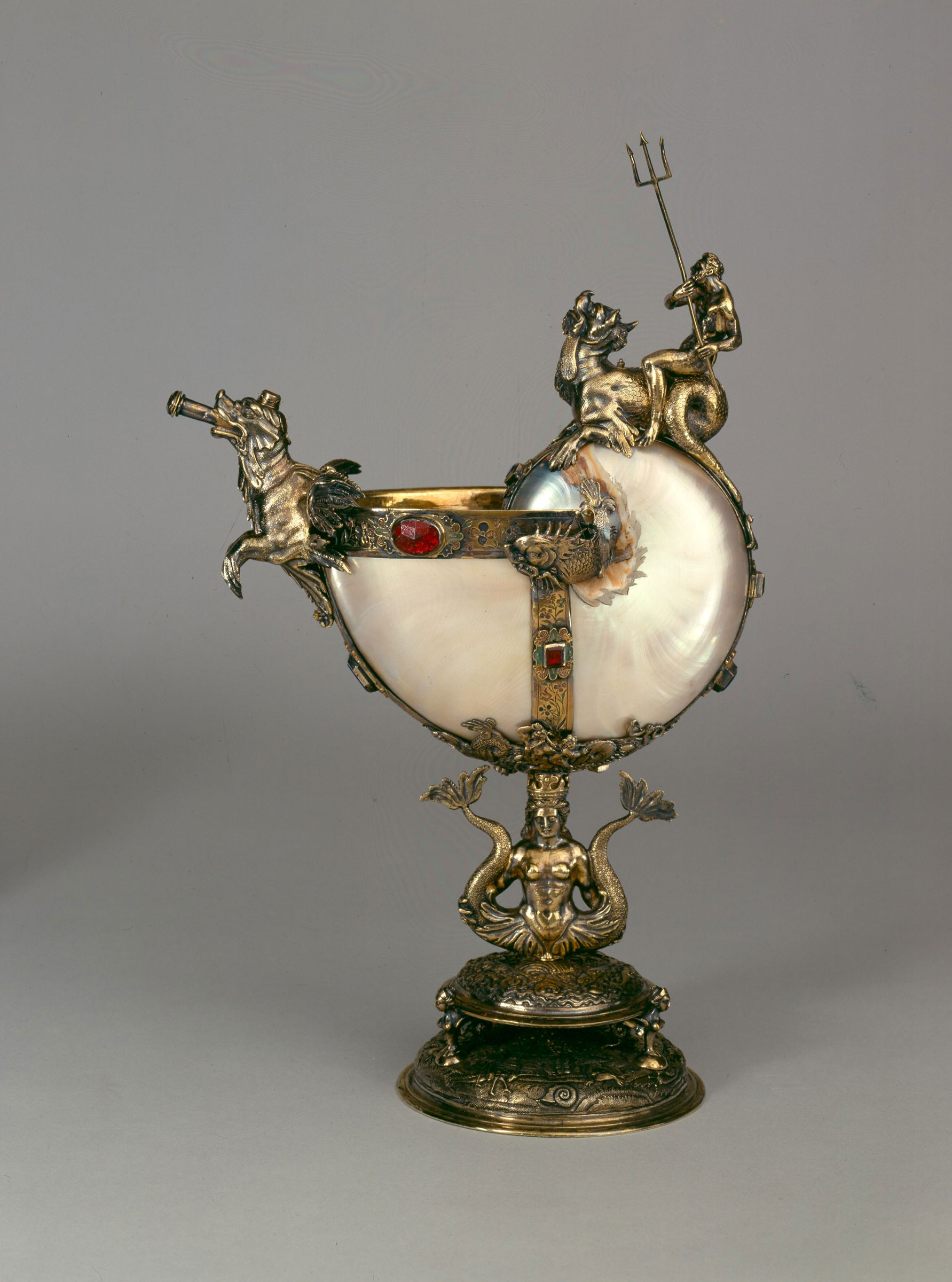
nautilus vessel with neptune figure 16th c.
The shells of the nautilus, also known as the common pearl boat, were among the most treasured objects in a cabinet of curiosities. They were collected extensively and then set in precious metals, decorated and transformed into magnificent vessels by the goldsmiths of the Renaissance and Baroque periods. To begin with, the shiny mother-of-pearl shells were exposed by pickling or by mechanical means.
Nautilus objects reflect the great interest in exotic materials from distant lands and are an expression of man’s artistic appropriation of nature. The pearl octopus, a mollusc related to the octopus, is a living fossil, as it has been around for millions of years. Today, the pearl octopus is still a popular souvenir and is now an endangered species due to the continuing passion for collecting.
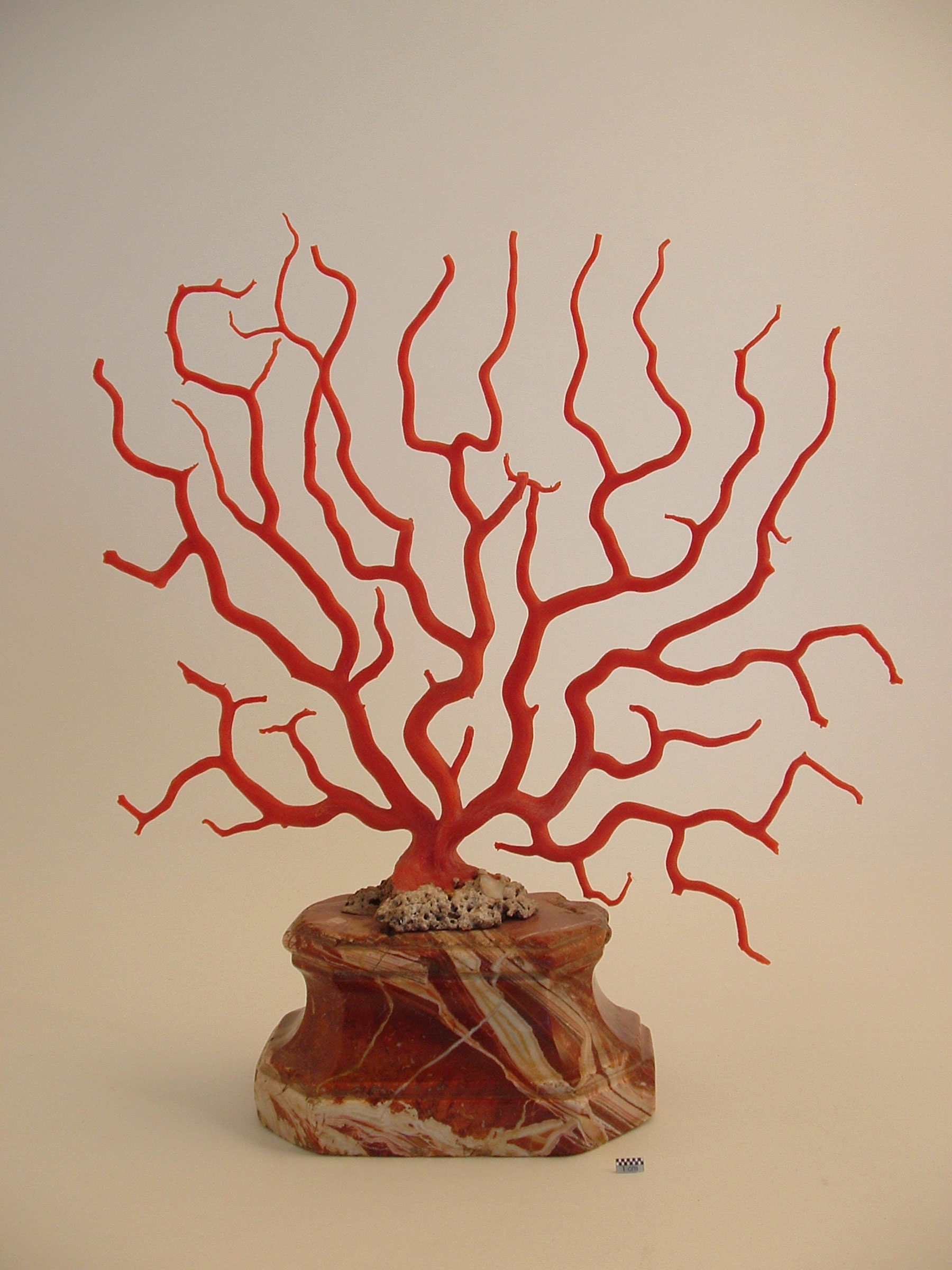
large coral tree 17th c.
Corals were and are the embodiment of mysterious beauty from the depths of the sea. They are considered miraculous creatures whose power of fascination has been preserved for thousands of years. As amulets, they ward off the evil eye. In ancient times, scholars and poets believed in the petrifying powers of these intermediate creatures. The Roman poet Ovid (43 BC — 17 AD) describes the origin of corals in his famous »Metamorphoses«: They are formed when sea plants touch the head of the deadly Medusa and become fossilised. In the Renaissance cabinets of art and curiosities, red precious corals were among the most sought-after objects. With their fragile and magical ramifications, they testify to nature as an artistic creator. It was not until the 18th century that researchers realised that corals were not plants, but tiny animals with tentacles and digestive organs. They live in the Mediterranean and the eastern Atlantic and can live for up to 100 years.
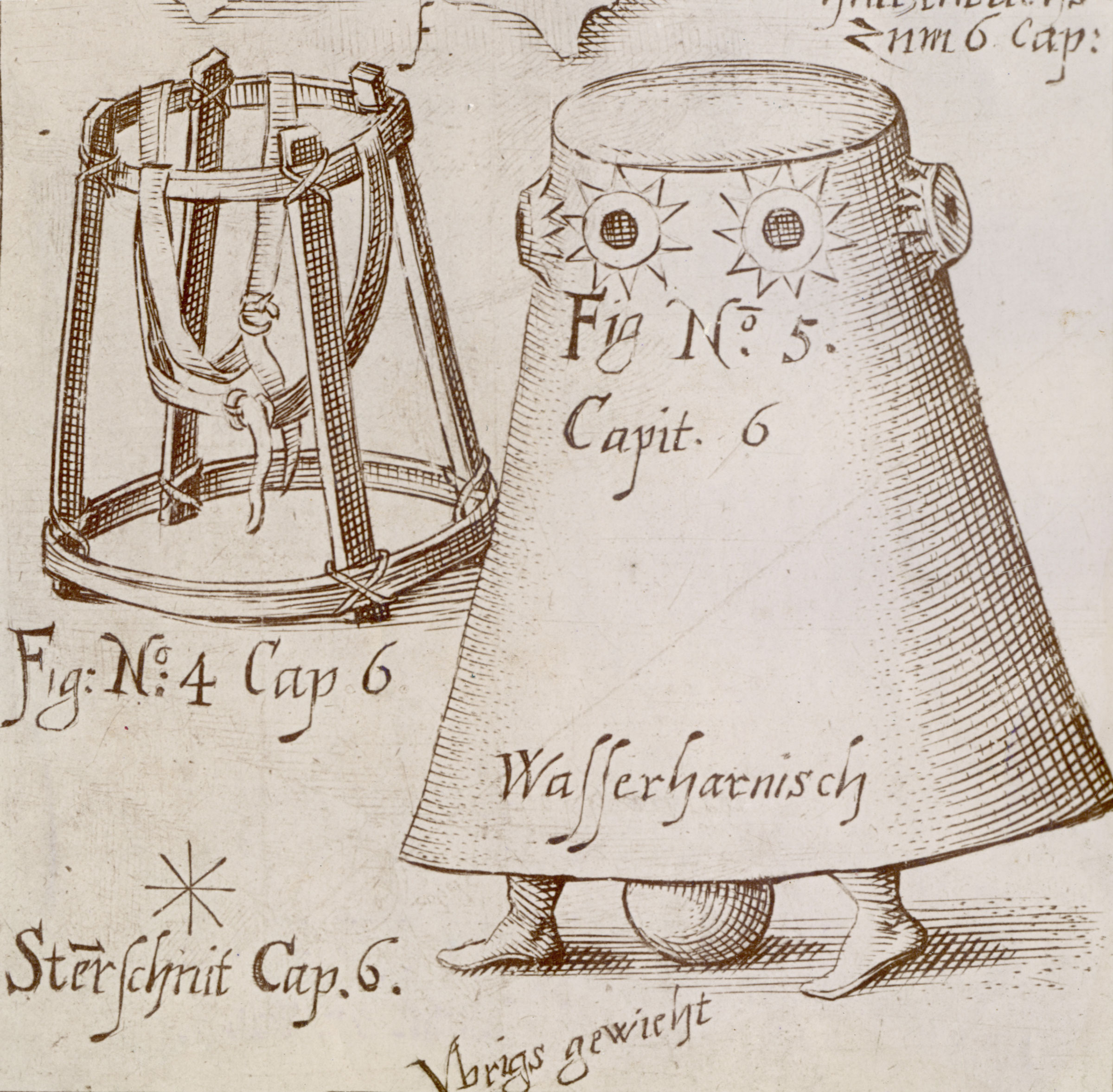
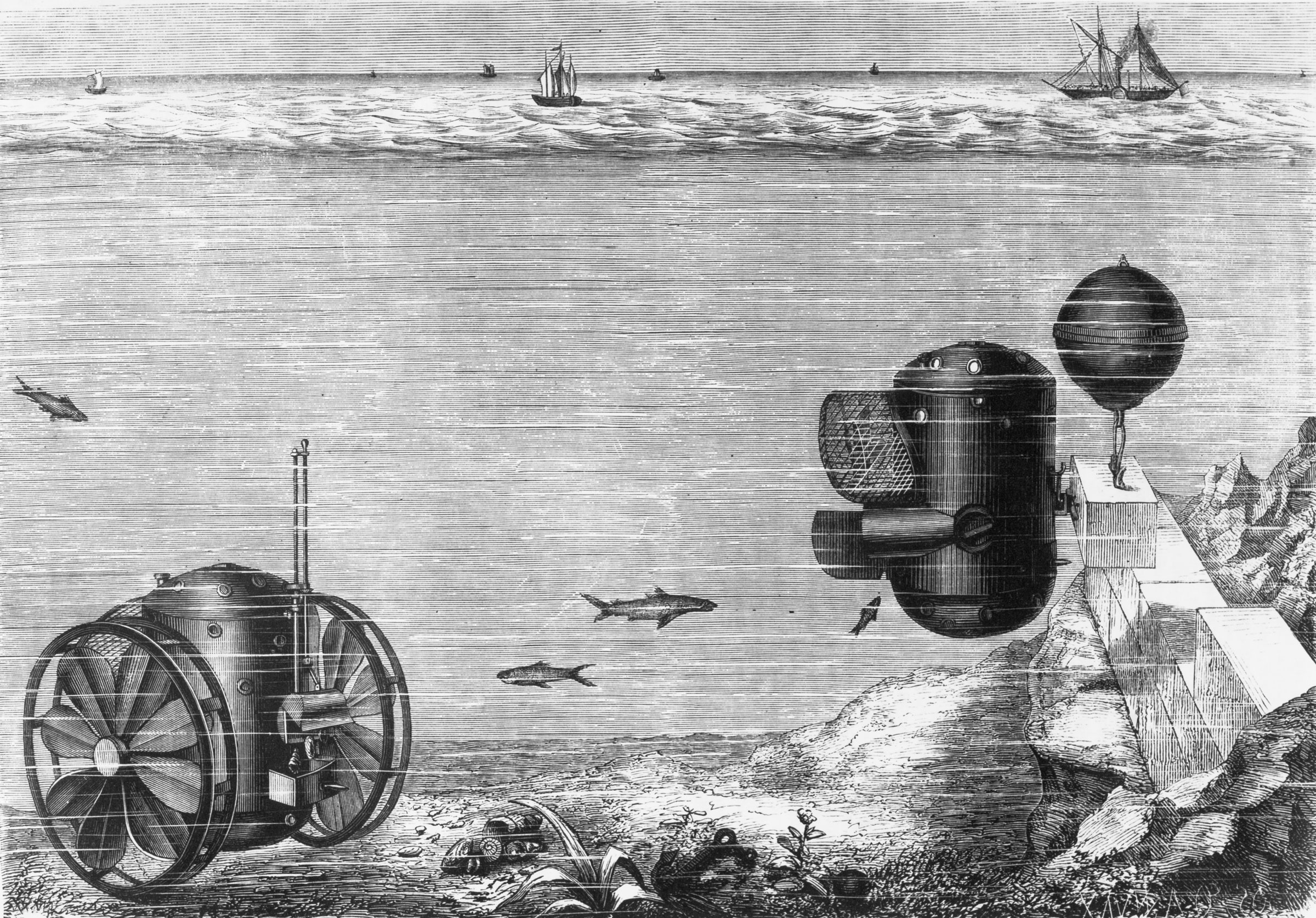
tauchapparate 1616+1862
Since ancient times, man has used aids to extend diving times. Alexander the Great (353 – 326 BC) is said to have been so fascinated by the underwater world that he ventured into the depths of the sea in a diving bell. The principle was simple: an inverted and sealed barrel was weighed down with weights and lowered into the water with a rope. Depending on the size of the bell, the dwell time could be up to 30 minutes. The diving bell was constantly modified over the following centuries. Leonardo da Vinci (1452–1519) also worked on various diving bells and diving suits.
Over the course of the 19th century, shipping, the utilisation of marine resources and the construction of hydraulic structures became increasingly important. In the course of the beginning globalisation and industrialisation, technical innovations and scientific findings made it possible to dive further and further into the depths of the sea. In addition to the improvement of helmet diving equipment, which was also increasingly used in marine biology, the first practical submarines were developed. In his successful science fiction novel »Twenty Thousand Leagues Under the Sea« (1869), French author Jules Verne (1828-1905) describes how Captain Nemo travelled the world’s oceans in his mechanically powered submarine Nautilus.

»tv relaxer« 1968/69
»Whenever we plan a new design, we should first go outside into nature,« urged aerodynamics engineer and designer Luigi Colani. He believed that nature already had the right solutions for almost all design problems. For the German furniture manufacturer Kusch & Co, Colani designed biomorphic seating furniture that is shaped to fit the body and therefore offers a high level of seating comfort. The sea served as a source of inspiration for his relaxing furniture. They look like starfish or deep-sea organisms washed up on the beach and were staged accordingly in a contemporary advertising campaign under the title »Sea Collection«. New plastics such as foam made such shapes possible in the first place. Or vice versa: the shapes followed the logic inherent in the new materials.
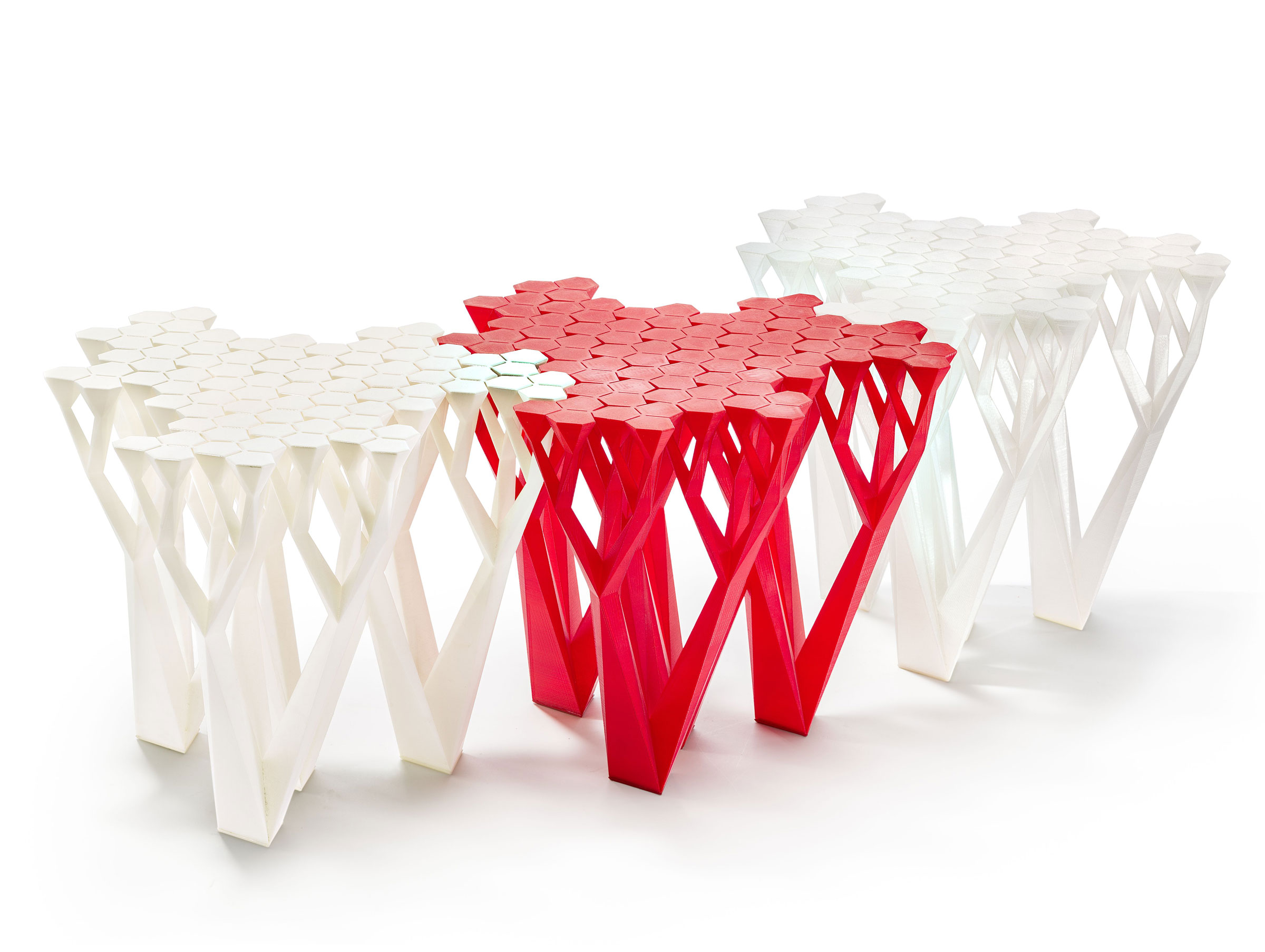
»module.mgx.« table system 2010
The structure of »Module.mgx« is reminiscent of a bundle of enlarged vegetable stems. It is based on the design principle of fractals. Morphological studies have shown that fractal structures are the result of growth principles that arise in natural evolutionary processes, for example in clouds or plant formations. Fractals are not bound to a specific location, are not accessible to visualisation and are created by small, manageable operations that are repeated ad infinitum in recursive processes. The fact that fractals unleash a kind of chaos from simple forms is what gives them their aesthetic quality.
The complex ramifications of the table module were generated using a mathematical algorithm in a 3D environment and produced using plastic 3D printing. The production method of »Module MCX« also has a sustainable effect: it reduces waste, saves energy and makes production more cost-effective. The construction is designed in such a way that it can be extended indefinitely.
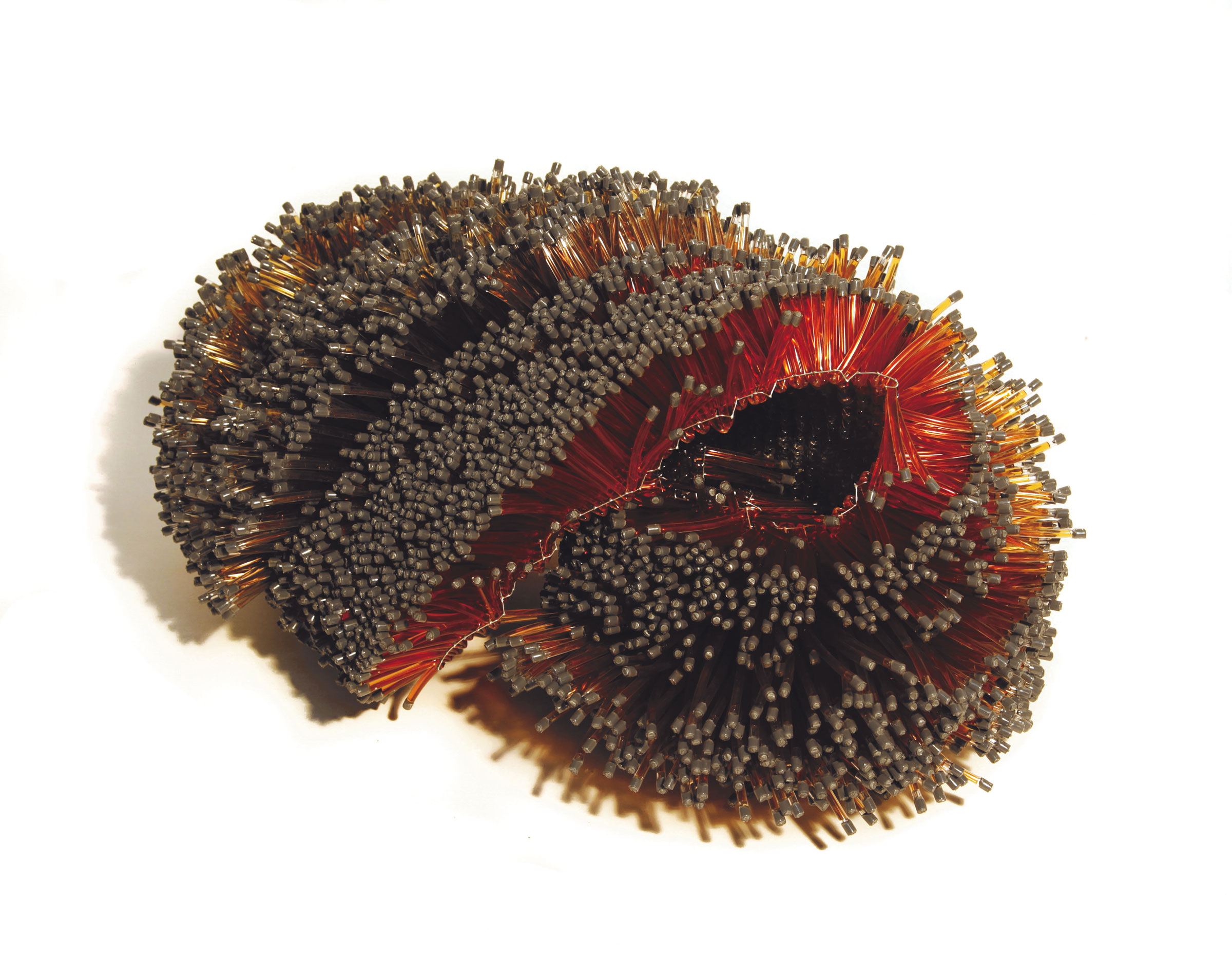
monster 2013
PVC is resistant to salt water and is particularly problematic when it ends up as plastic waste in the world’s oceans. According to estimates, there more than 150 million tons of it in the water, on the beach and on the seabed. This is a looming environmental disaster, but one against which there are hardly any effective countermeasures. Around half of the species in the sea and in coastal areas are suffering from plastic waste. Plastic fragments are damaging coral reefs, which are already endangered. Microplastics, i.e. pieces smaller than five millimetres, are now found in mussels, fish, crustaceans and even plankton. The plastic ultimately finds its way back to humans via the food chain. The effects of consuming microplastics on humans are still completely unknown.
More information about the project: Weblink
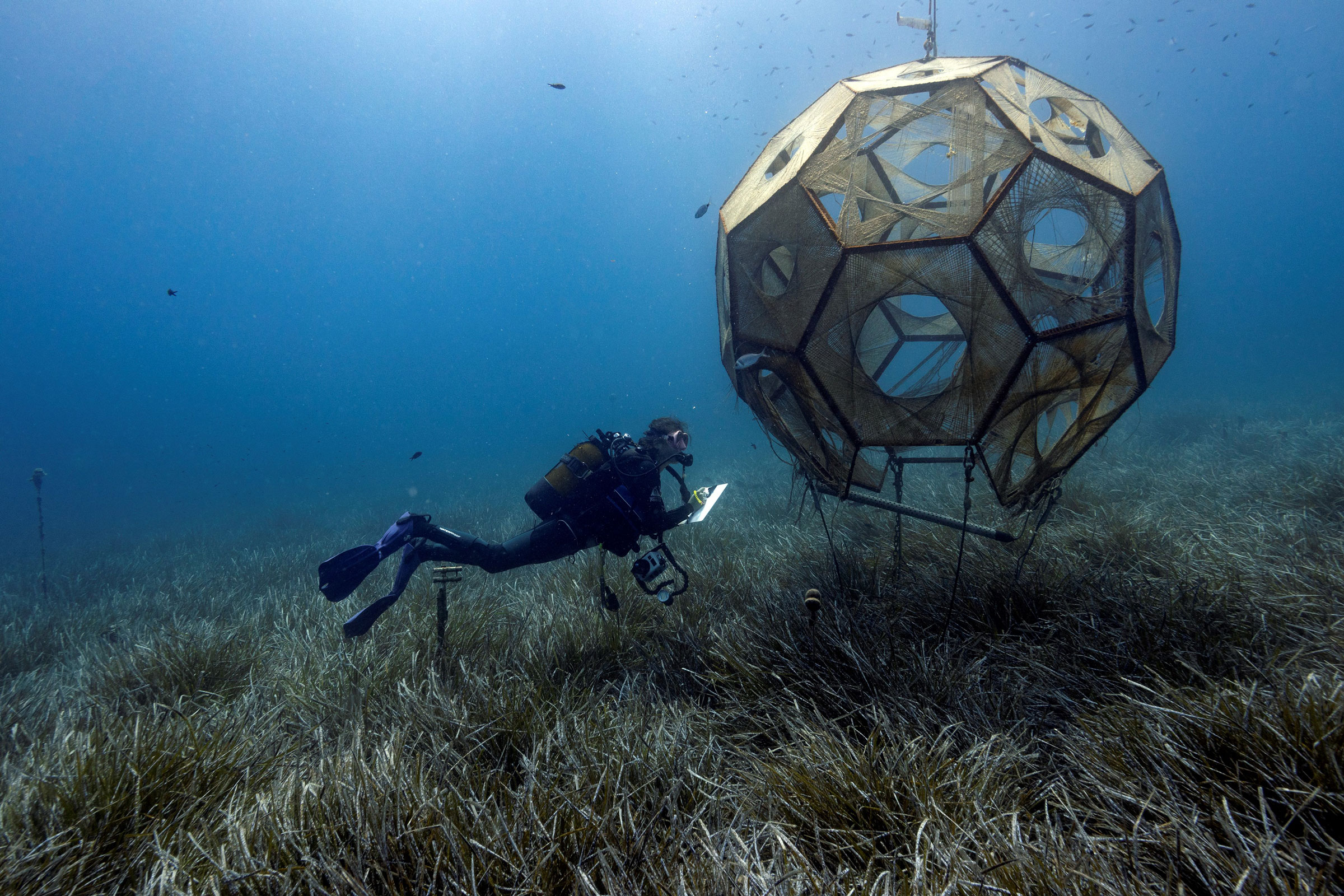
symbiocean prototyp 1: kiki 2023
»Kiki« is the prototype of an artificial reef that provides a substrate and structure for pioneer organisms to form a habitat in the Mediterranean Sea. The structure utilizes the process of mineral accretion in seawater through electrolysis, is made of conductive steel yarn and steel frame, and is powered by a solar panel on land. During a six-month observation phase, the prototype was placed in the bay of the marine biological research station STARESO — Station de Recherches Sous-marines et Océanographiques de Calvi in Corsica (FR) at a depth of 10 meters.
With »Kiki«, Rasa Weber poses the question: Can design play an active role in the origin of life and thus influence the evolutionary history of the sea itself? How structured, chaotic, centralized or symbiotically interwoven can the design of habitats be? The prototype serves as a materialized critical examination of technology and the topos of human omnipotence in the ocean.
More information about the project: Weblink